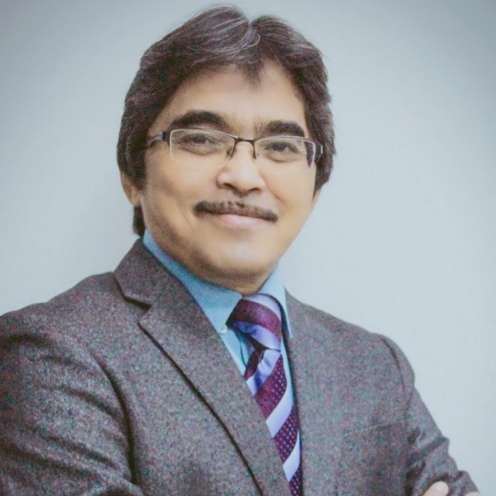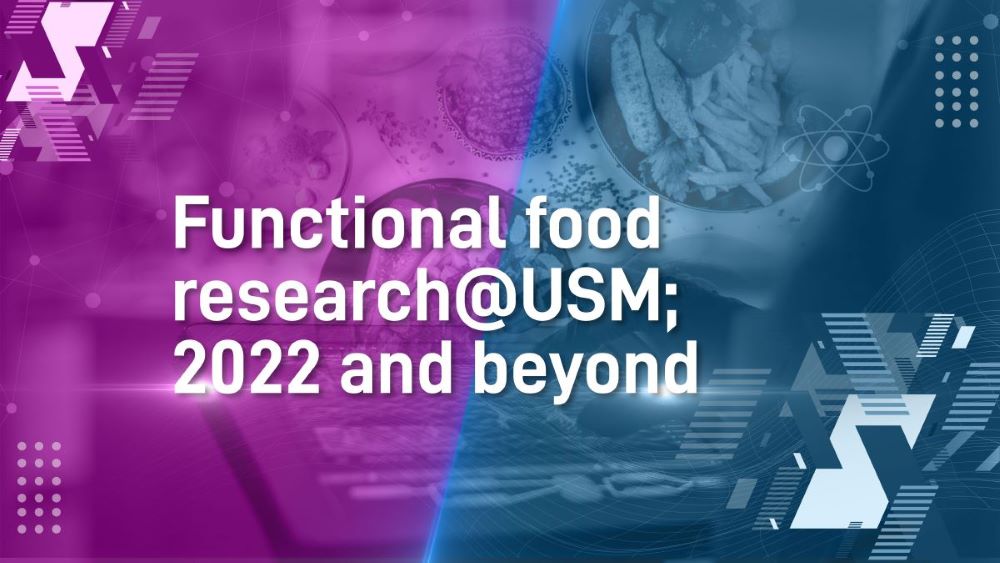It’s not about being scarce but it’s about accessibility.
Imagine the world with sufficient water, food, energy and other basic needs for anyone on earth. It seems utopian, unfeasible, especially in times of crisis. But according to Peter Diamandis, author of ‘Abundance: The Future is Better Than You Think’ and founder of X Prize Foundation, that reality is not far off.
Peter makes a case for optimism — that we’ll invent, innovate and create ways to solve the challenges that loom over us. “I’m not saying we don’t have our set of problems; we surely do — climate crisis, species extinction, water and energy shortage, etc. As humans, we are very good at seeing the problems way in advance, but ultimately, we knock them down.”
His optimism is based on the fact that we have collectively made tremendous progress over the last century by a series of forces that are accelerating to a point that we have the potential in the next three decades to create a world of abundance. He believes that the world is heading towards the future where the basic needs of every human on the planet will be met — access to clean water, food, shelter, energy, communication, education, healthcare.
Peter see several technological development converging, radically altering the future we expect to see. The technology needed for this is already available and can be used.
For example, the price of solar power is coming down so fast that in 20 years time that it could be almost free. When energy is almost free there are new possibilities to tackle the future water crisis. It’s certainly possible to convert saltwater to freshwater but the technology, though already available the process takes a lot of energy.
Big changes are now on the way. With enough energy and fresh water, it will be possible to grow foods that are now off limit, for example, in the middle of the dessert. But if there are many solutions are at hand and are available, why then they aren’t put to use? Why do we see only the future with one crisis replaces the other?
Apparently, when people think about the future they tend to forget where we’ve been in the last 100 years. Why? According to Peter, the media have been feeding us with a continuous stream of negative news — economic crises, wars, crimes, terrorism, etc. Sometimes the negative news is so overwhelming that we feel as if the world is going to doom.
The reality of the world we are living now, according to Peter, is actually much better. He argued that if we examine the data over the last 100 years, the human life span has doubled; the income for every nation (adjusted for inflation) has tripled; the cost of food has come down 13 fold, energy 20 fold, transportation by 100 fold, communication by 1000 fold.
All these tremendous increases can be attributed to one thing — technology.
TECHNOLOGY
Technology is not slowing down — it’s accelerating — exponentially. This naturally leads to the improvement of living standard.
Some technologies are developing exponentially, much faster than we are inclined to think. The rate of technological progress has been predicted surprisingly quite accurately by Moore’s Law. Moore’s Law predicts that price-performance doubling every 12 to 24 months. That’s why the smartphone in your pocket is literally a million times cheaper and a thousand times faster than a supercomputer of the ’70s.
Because of that, prices are dropping exponentially too.
We now have even more powerful arrays of new and emerging technologies that are riding on the Moore’s Law curve — infinite computing, sensor and networks, robotics, 3D printing, internet of things, synthetic biology, nano-materials, digital medicine, artificial intelligence, etc.
Peter made a point that his concept of creating abundance is not about creating a life of luxury for everyone on this planet — but it’s about creating a life of possibility. It is about taking a resource that is scarce and making it abundance. But how? His answer is enabling powerful technologies.
Technology, simply speaking, is a resource-liberating force.
A case in point — aluminium.
Aluminium is the most valuable metal on the planet — worth more than gold or platinum. Even though aluminium is only 8.3% of the Earth by mass, it doesn’t exist as a pure metal but always bound by oxygen and silicates. But then the technology of electrolysis came along and literally made aluminium so cheap that we use it as a disposable and throw-away mentality.
Let’s look at two other invaluable resources for our existence — energy and water.
Energy
One of the fundamental need for human life is having access to energy. We take it for granted that the energy is abundance. We are living on a planet that is bathed with 5,000 times more energy than we use in a year. Sixteen terawatts of energy hit the Earth’s surface every 88 minutes.
So, should we be concern about energy scarcity? Well, it’s not about being scarce but it’s about accessibility.
The good news is, technological development in the energy field is accelerating. Take, for example, solar power. Its energy production is increasing fast and the price of energy power is rapidly decreasing. New and more efficient type of solar cell has been produced and continuously improved. For example, the cost of solar-generated electricity is 50% that of diesel-generated electricity in India.
Peter is confident that with the decreasing cost of solar energy, more interesting applications will soon emerge.
Water
What about the issue and concern of water scarcity? Peter says that two-third of the planet is covered with water although 97.5% is saltwater, 2% is the ice cap and we fight over 0.5% of the freshwater. There is now technology available to make water available to anyone, anywhere.
Peter mentioned the technology called Slingshot invented by the famous inventor, Dean Karmen. The Slingshot, the size of a small refrigerator is able to produce a thousand litres of clean drinking water a day. The technology provides an affordable, effective water purifier from any water source (saltwater, polluted water, latrine) for any area at less than 2 cents a litre.
In Qatar’s Sahara Forest project, freshwater, food and energy are being produced. For a country with hardly freshwater resource and a little agriculture, this is a mega revolution. Using sunlight and abundance seawater, freshwater can be produced in abundance.
Revolutionary technology deployed in the Sahara Forest Project is impacting food production in the middle of the barren desert that once deemed impossible.
This is the kind of innovation that is empowered by technology that exists today.
The Sahara Project is still at the pilot stage but in Australia, a company has built a large greenhouse that produces green vegetable commercially using only seawater and sunlight.
Peter is very optimist of the future of the world of abundance. It is due to the fact that we are now more empowered as individuals and as a group to take on the challenges of this planet. We have access to the tools with the exponential technology, the capital of the techno-philanthropist, the passion of DIY innovators and we have three billion new minds coming online to work together and solve the grand challenges.
The article was first published on Medium















